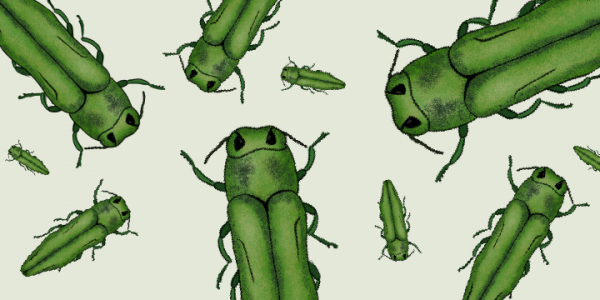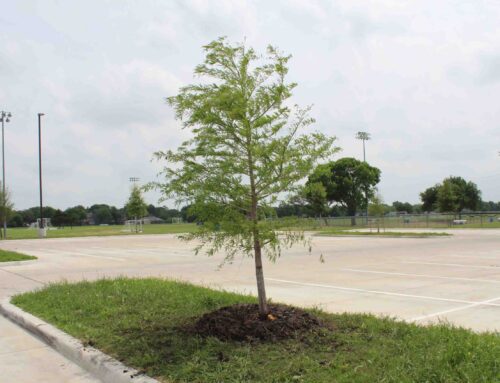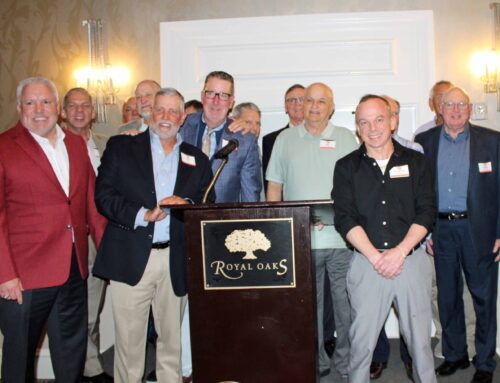Emerald ash borers have been confirmed in Dallas County, and they pose a threat to ash trees.
These insects, which are almost impossible to see, are 99% lethal to all untreated ash trees. In Dallas County, ash trees account for about 5% of the total tree population.
Urban biologist Brett Johnson and forester Chris McMaster updated the White Rock Lake Task Force on the city’s response to the EAB.
“We are going to lose a lot of trees,” Johnson says.
EABs burrow themselves inside trees, below the bark, and consume water and glucose. This prevents trees from being able to photosynthesize and bring up water from their roots.
Only the trees that are treated will be protected, but Johnson says officials will not treat all ash trees because the treatment process includes injecting trees with a chemical that kills EABs and any other insects that try to eat the tree.
Ash trees that receive the chemical injection are protected from EABs for about two years.
Starting today, a certified arborist is going into the field to identify specimen ash trees, which will be treated. The arborist will also be looking for damaged trees or trees in decline that could be removed to limit the EAB food source.
There are many ash trees in the Great Trinity Forest and in the White Rock Creek watershed.
Johnson and McMaster say depending on the size of the ash tree, it costs $100-$300 per tree to treat it with the chemical.
Ash trees are characterized by compound leaves with five to nine leaflets; diamond-plated bark, where crosshatching patterns make the bark have diamond shapes; opposite branching, which means two branches connect at the same point on opposite sides of the branch; and they have seeds that hang from bunches.






